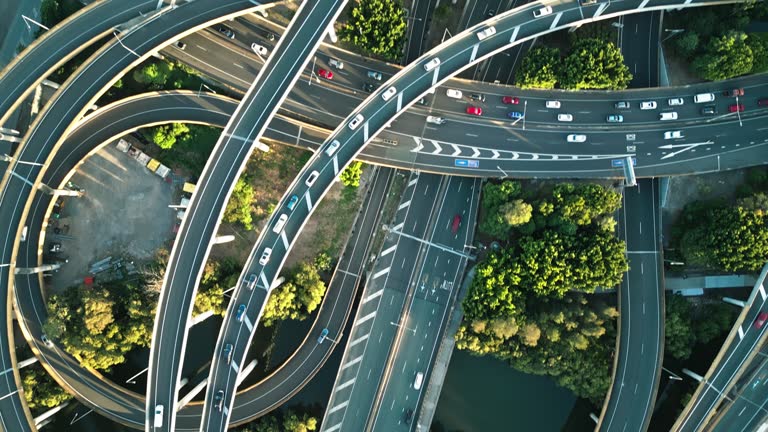Contact Us
RoadVision AI
Private Limited
Office No. 308 & 310, B Block
Ansal Chamber - 1, Bhikaji Cama Place,
Near Engineers India Limited (EIL) Bhawan, New Delhi - 110066
© 2024 | RoadVision AI | All rights reserved
Intersection design plays a critical role in road infrastructure, influencing safety, operational efficiency, and project costs. A well-planned intersection ensures smooth traffic flow while mitigating risks for all road users. This article highlights the key considerations for selecting the right type of intersection, based on safety, efficiency, and cost factors.

Safety remains the top priority when designing and selecting intersections. Poorly designed intersections can lead to conflict points and accidents, especially for vulnerable road users like pedestrians and cyclists.
By addressing these factors, designers can achieve a Safe System approach, where intersections are intuitive, visible, and forgiving of errors.
An efficient intersection maximizes traffic flow while minimizing delays and congestion.
Efficient intersections not only reduce travel times but also minimize fuel consumption and emissions, contributing to sustainability goals.
While safety and efficiency are paramount, cost constraints often dictate design choices. Intersection projects require balancing construction costs, maintenance, and long-term operational expenses.
Cost-benefit analyses ensure that limited budgets are allocated to designs that offer the most significant safety and efficiency gains.

The selection of an intersection type requires careful evaluation of trade-offs among safety, efficiency, and costs. For example:
Using tools like the Safe System approach and benefit-cost analysis, road designers can identify solutions that optimize all three factors.
The key to successful intersection selection lies in balancing safety, efficiency, and cost considerations. By addressing safety risks, ensuring smooth traffic flow, and making cost-effective decisions, road designers can create intersections that meet the needs of all road users. Proper planning and innovative approaches play a significant role in achieving sustainable and safe road infrastructure.